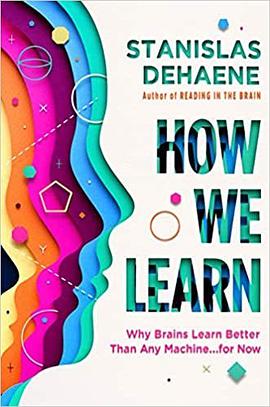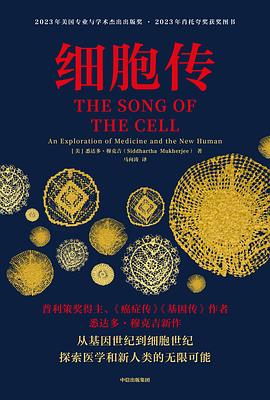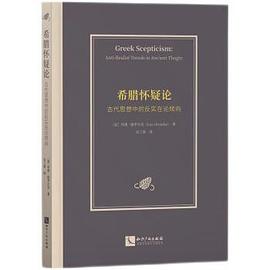How We Learn
内容简介
An illuminating dive into the latest science on our brain's remarkable learning abilities and the potential of the machines we program to imitate them
The human brain is an extraordinary machine. Its ability to process information and adapt to circumstances by reprogramming itself is unparalleled and it remains the best source of inspiration for recent developments in artificial intelligence. In How We Learn, Stanislas Dehaene decodes the brain's biological mechanisms, delving into the neuronal, synaptic, and molecular processes taking place. He explains why youth is such a sensitive period, during which brain plasticity is maximal, but assures us that our abilities continue into adulthood and that we can enhance our learning and memory at any age. We can all learn to learn by taking maximal advantage of the four pillars of the brain's learning algorithm: attention, active engagement, error feedback, and consolidation.
The exciting advancements in artificial intelligence of the last twenty years reveal just as much about our remarkable abilities as they do about the potential of machines. How We Learn finds the boundary of computer science, neurobiology, and cognitive psychology to explain how learning really works and how to make the best use of the brain's learning algorithms, in our schools and universities, as well as in everyday life.
......(更多)
作者简介
Stanislas Dehaene is a French psychologist and cognitive neuroscientist. He is currently heading the Cognitive NeuroImaging Unit within the NeuroSpin building of the Commissariat A l'Energie Atomique in Saclay near Paris, France's most advanced brain imaging center. He is also a professor at College de France in Paris, where he holds the newly created chair of Experimental Cognitive Psychology. In 2005, he was elected as the youngest member of the French Academy of Sciences.
Stanislas Dehaene's interests concern the brain mechanisms of specifically human cognitive functions such as language, calculation, and conscious reasoning. His research relies on a variety of experimental methods, including mental chronometry in normal subjects, cognitive analyses of brain-lesioned patients, and brain-imaging studies with positron emission tomography, functional magnetic resonance imaging, and high-density recordings of event-related potentials. Formal models of minimal neuronal networks are also devised and simulated in an attempt to throw some links between molecular, physiological, imaging, and behavioral data.
Stanislas Dehaene's main scientific contributions include the study of the organization of the cerebral system for number processing. Using converging evidence from PET, ERPs, fMRI, and brain lesions, Stanislas Dehaene demonstrated the central role played by a region of the intraparietal sulcus in understanding quantities and arithmetic (the "number sense"). He was also the first to demonstrate that subliminal presentations of words can yield detectable cortical activations in fMRI, and has used these data to support an original theory of conscious and nonconscious processing in the human brain. With neurologist Laurent Cohen, he studied the neural networks of reading and demonstrated the crucial role of the left occipito-temporal region in word recognition (the "visual word form area").
Stanislas Dehaene is the author of over 190 scientific publications in major international journals. He has received several international prizes including the McDonnell Centennial Fellowship, the Louis D prize of the French Academy of Sciences (with D. Lebihan), and the Heineken prize in Cognitive Science from the Royal Academy of the Netherlands. He has published an acclaimed book The number sense, which has been translated in eight languages, and is publishing a new book Reading in the brain, to appear in November 2009. He has also edited three books on brain imaging, consciousness, and brain evolution, and has authored two general-audience documentaries on the human brain.
......(更多)
目录
......(更多)
读书文摘
学习意味着管理内部规则层级,并尝试尽快推导出能归纳整个系列观察的最普遍原则。
......(更多)






